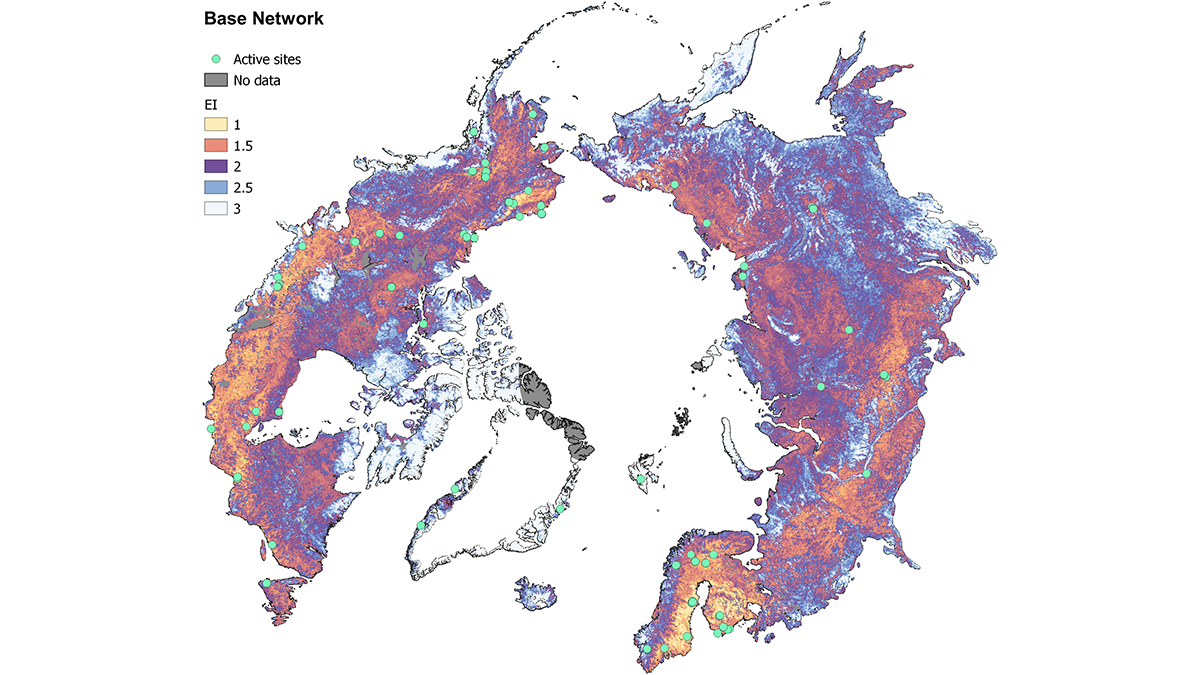Editors’ Highlights are summaries of recent papers by AGU’s journal editors.
Source: Journal of Geophysical Research: Biogeosciences
Climate forcing and potential feedbacks are existential issues for science and society, especially in high-latitude regions with large amounts of carbon sequestered in the land and extreme potentials to drive rapid climate change. Eddy covariance measurements of carbon exchange between the land and atmosphere started as tools for specific ecological and biogeochemical questions in particular places. However, regional scale network data are required for generating estimates of key ecosystem carbon exchange processes, and the challenge of up-scaling observations has thus become a central issue.
Bottom-up regional estimates or extrapolations of surface measurements are limited by insufficient coverage of spatial and temporal conditions, but designing a network of observational sites for this task, and evaluating the effectiveness of particular designs, is difficult. Pallandt et al. [2024] present innovative computational tools to help with evaluating large scale measurement network designs. The authors provide a robust approach doing so, illustrate their utility in the Arctic, and include novel insights into the ongoing time-dependency of prediction uncertainties. Such openly available tools are important if we are to resolve the impacts, and potential climate feedbacks, of global change in the rapidly warming Arctic.
Citation: Pallandt, M. M. T. A., Jung, M., Arndt, K., Natali, S. M., Rogers, B. M., Virkkala, A.-M., & Göckede, M. (2024). High-latitude eddy covariance temporal network design and optimization. Journal of Geophysical Research: Biogeosciences, 129, e2024JG008406. https://doi.org/10.1029/2024JG008406
—Patrick Crill, Associate Editor, JGR: Biogeosciences

